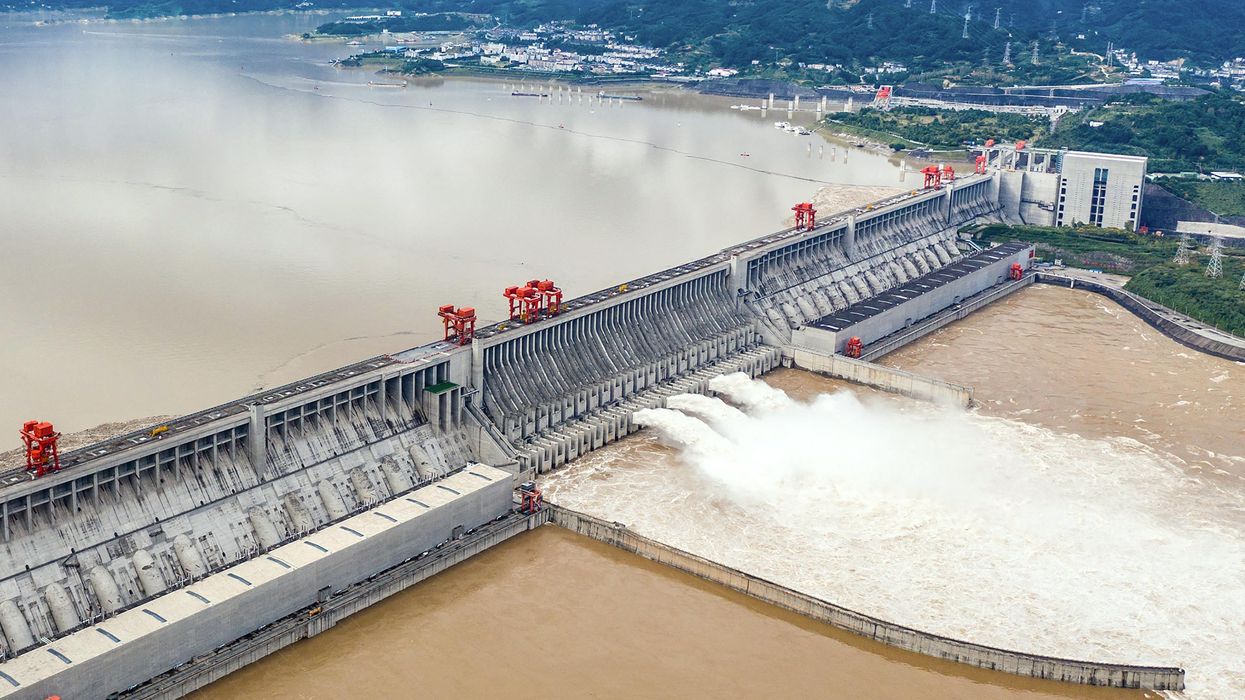Why is Hydroelectricity So Green, and Yet Unfashionable?


I stay in Manitoba, a province of Canada wherever all but a little portion of energy is generated from the probable energy of drinking water. As opposed to in British Columbia and Quebec, the place generation relies on substantial dams, our dams on the Nelson River are very low, with hydraulic heads of no much more than 30 meters, which makes only smaller reservoirs. Of system, the potential is the merchandise of mass, the gravitational constant, and height, but the dams’ modest height is conveniently compensated for by a huge mass, as the mighty river flowing out of Lake Winnipeg proceeds its training course to Hudson Bay.
You would believe this is about as “green” as it can get, but in 2022 that would be a slip-up. There is no end of gushing about China’s low cost photo voltaic panels—but when was the past time you observed a paean to hydroelectricity?
Design of huge dams commenced before Entire world War II. The United States bought the Grand Coulee on the Columbia River, the Hoover Dam on the Colorado, and the dams of the Tennessee Valley Authority. Right after the war, design of big dams moved to the Soviet Union, Africa, South The usa (Brazil’s Itaipu, at its completion in 1984 the world’s major dam, with 14 gigawatts potential), and Asia, in which it culminated in China’s unparalleled exertion. China now has 3 of the world’s six major hydroelectric stations: Three Gorges, 22.5 GW (the premier in the earth) Xiluodu, 13.86 GW and Wudongde, 10.2 GW. Baihetan on the Jinsha River really should soon start out total-scale operation and become the world’s 2nd-major station (16 GW).
But China’s outsize push for hydroelectricity is exceptional. By the 1990s, substantial hydro stations experienced missing their eco-friendly halo in the West and occur to be witnessed as environmentally unwanted. They are blamed for displacing populations, disrupting the circulation of sediments and the migration of fish, destroying natural habitat and biodiversity, degrading water good quality, and for the decay of submerged vegetation and the consequent launch of methane, a greenhouse gas. There is thus no lengthier a place for Major Hydro in the pantheon of electrical greenery. In its place, that pure standing is now reserved previously mentioned all for wind and solar. This ennoblement is weird, specified that wind jobs demand huge portions of embodied power in the type of metal for towers, plastics for blades, and concrete for foundations. The manufacture of photo voltaic panels entails the environmental prices from mining, waste disposal, and carbon emissions.
In 2020 the world’s hydro stations developed 75 per cent a lot more electrical energy than wind and solar put together and accounted for 16 percent of all global technology
And hydro even now matters much more than any other sort of renewable generation. In 2020, the world’s hydro stations created 75 % much more energy than wind and photo voltaic mixed (4,297 vs . 2,447 terawatt-several hours) and accounted for 16 per cent of all worldwide generation (as opposed with nuclear electricity’s 10 %). The share rises to about 60 p.c in Canada and 97 per cent in Manitoba. And some significantly less affluent nations around the world in Africa and Asia are even now identified to construct additional such stations. The largest initiatives now beneath construction outside China are the
Grand Ethiopian Renaissance Dam on the White Nile (6.55 GW) and Pakistan’s Diamer-Bhasha (4.5 GW) and Dasu (4.3 GW) on the Indus.
I never ever comprehended why dams have experienced these kinds of a reversal of fortune. There is no need to have to establish megastructures, with their inescapable undesirable consequences. And just about everywhere in the earth there are however plenty of options to produce modest assignments whose merged capacities could offer not only outstanding sources of thoroughly clean electricity but also provide as very long-term
suppliers of power, as reservoirs for consuming h2o and irrigation, and for recreation and aquaculture.
I am happy to live in a put that is reliably provided by electrical energy created by lower-head turbines driven by flowing water. Manitoba’s 6 stations on the Nelson River have a blended capacity marginally above 4 GW. Just test to get the equivalent in this article from photo voltaic in January, when the snow is slipping and the sun hardly rises over the horizon!
This write-up seems in the November 2022 print difficulty as “Hydropower, the Forgotten Renewable.”




